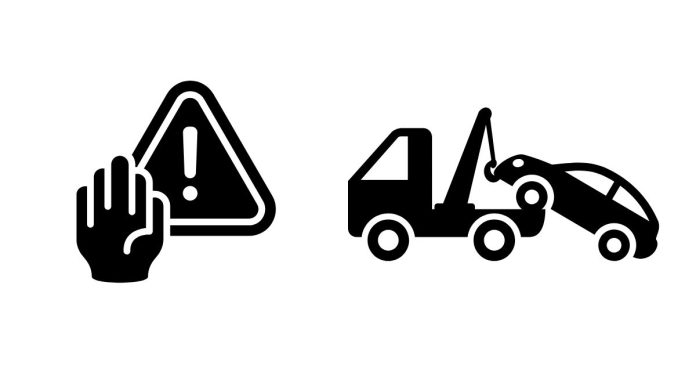When one vehicle is towing another by means of a chain, it is important to follow certain safety measures to ensure the process is done safely and legally. Towing by chain is a common practice in situations where a vehicle needs to be moved but cannot be driven on its own, such as when it breaks down or is being relocated.
Key Considerations When Towing a Vehicle with a Chain:
1. Check the Legal Requirements
Different regions or countries may have specific laws regarding towing vehicles by chain. It’s important to check local regulations before towing, as there may be specific rules about the length of the chain, speed limits, or safety markers that need to be attached.
2. Choose the Right Chain
Using the right type of chain is critical for safety. The chain should be strong enough to handle the weight of the towed vehicle. It should also be in good condition, without any signs of wear or rust that could cause it to snap. Ideally, use a heavy-duty towing chain designed for the task.
3. Proper Attachment of the Chain
Ensure that the chain is securely fastened to both vehicles. Attach one end of the chain to a designated towing point on the towing vehicle and the other end to a sturdy part of the towed vehicle. Never attach the chain to parts like the bumper or exhaust system, as they may not be strong enough to handle the tension.
4. Safety Flags or Markers
To make the towing operation more visible to other drivers, safety flags or markers should be attached to the chain or towed vehicle. This helps ensure that other motorists are aware of the tow and can keep a safe distance. Some areas require specific markers if the towed vehicle is not visible from behind the towing vehicle.
5. Driving Speed and Distance
When towing by chain, it’s essential to drive slowly and cautiously. Sudden acceleration or sharp turns can cause the towed vehicle to become unstable or cause damage. Keep speeds low and maintain a safe distance between the vehicles. Driving at high speeds or too quickly may result in the chain snapping or the towed vehicle losing control.
6. Brake and Turn Signals
The towed vehicle may not be able to use its own brake lights or turn signals, so the driver of the towing vehicle should be extra vigilant. Use hand signals to communicate intentions, and ensure that the driver of the towed vehicle is aware of when to brake or turn. In some cases, additional signaling devices may be required, such as temporary lights for the towed vehicle.
7. Constant Communication
Both drivers should maintain constant communication, especially when navigating busy streets or highways. The driver of the towing vehicle should be aware of the towed vehicle’s movements, and the driver of the towed vehicle should be ready to respond to any changes in speed or direction.
Towing a vehicle with a chain requires careful preparation and attention to safety. By using the right equipment, securing the chain properly, driving cautiously, and following legal requirements, you can ensure that the towing process is done safely for both drivers and other road users. Always prioritize safety, and if you’re unsure about any aspect of towing, consider seeking professional help or using a tow truck.


